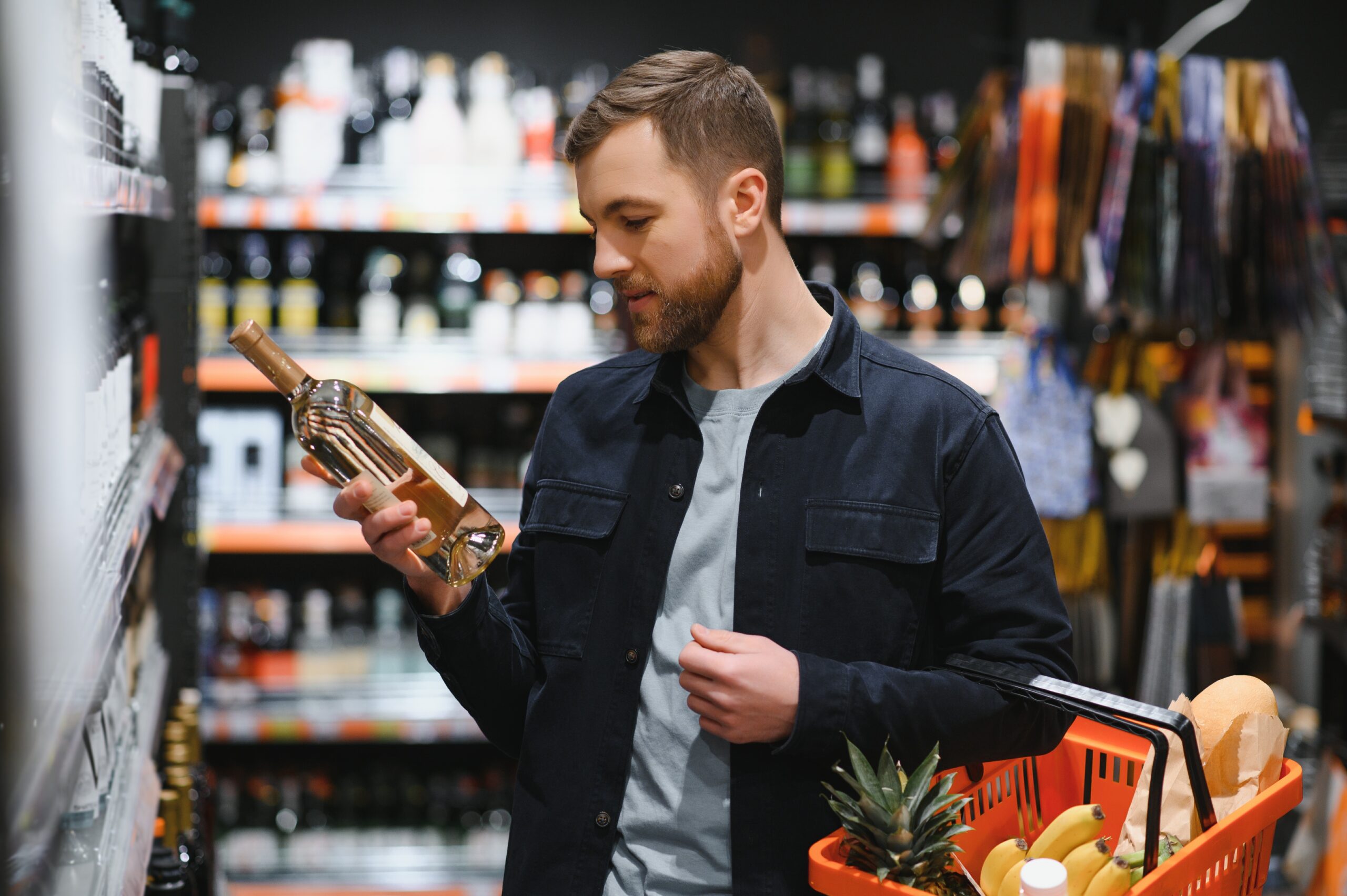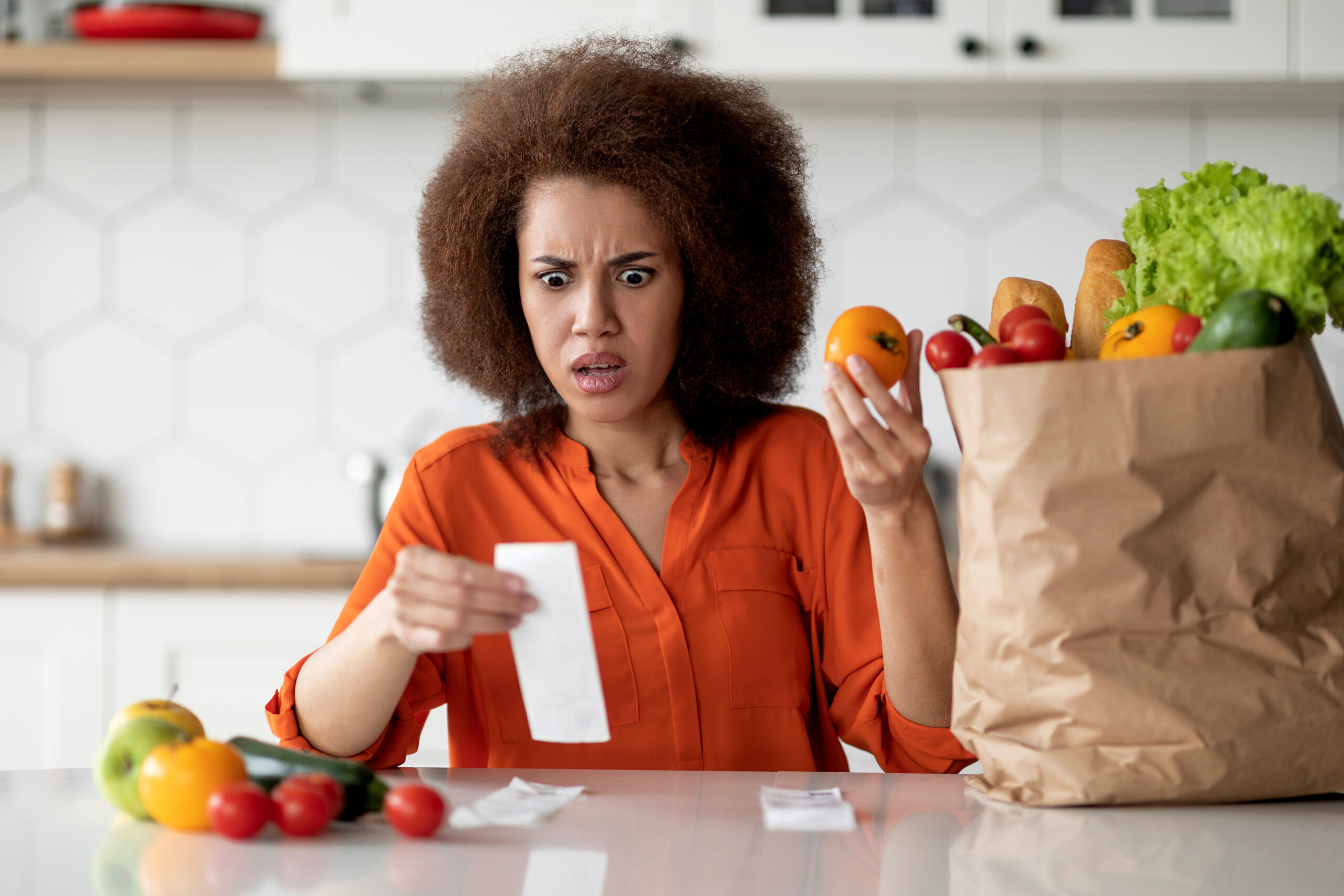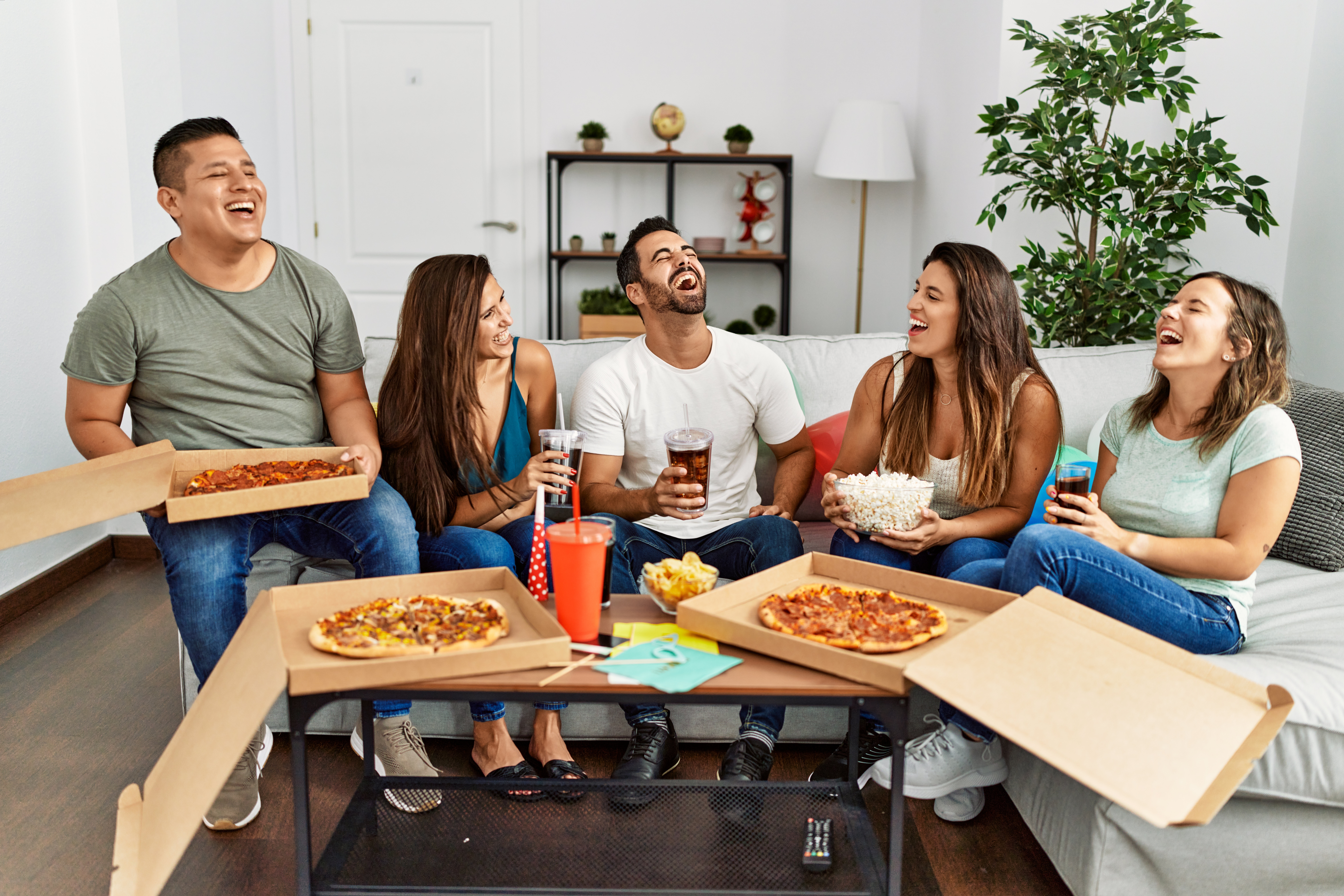Red alert: What you should know about greenwashing
As environmental awareness increases in Australia, we want to know that our purchasing choices matter. Any business proudly proclaiming its green credentials on its packaging should be able to back those claims up. In fact, it is legally required to do so.
Food fraud: Are you eating what you paid for?
With groceries costing more than ever, at the very least, you would expect to get what you paid for.
But the food we buy isn’t always what it says on the packaging. Whether it’s cheap olive oil sold as extra virgin, beef passed off as veal, or drinks watered down, food fraud is more prevalent than you might think.
Grocery gripe: Why does food cost so much more?
With everything from fuel, utility, to grocery bills rising constantly, Australians are watching their pennies – cutting back on luxuries, leaving heaters off, adding more blankets in winter, and catching the bus instead of driving.
But food isn't just another bill—it's a necessity. We have to eat, ideally healthily - shunning fast food and snacks in favour of fruit and vegetables, lean meat and seafood. But with food prices increasing an average of eight percent a year (many items have risen a lot more), the grocery bill is taking a bigger and bigger slice out of household budgets each week.
Dining dilemmas: How to complain on a first date
The person sitting across from you in the restaurant is funny and interesting. Awkward get-to-know-you questions are out of the way and you’re already bonding over mutual likes and dislikes. There’s even been a few laughs. This first date is going rather well.
Then your meal arrives. You’ve barely taken a bite and notice something isn’t quite right. Perhaps the vegetables are too cold, the meat is undercooked, or something you ordered is missing.
Maybe it’s not the food that’s niggling at the back of your mind. The music might be too loud for conversation and you’re pondering whether to ask the manager to turn it down or not. Or perhaps you’ve been waiting way too long for your drinks or entrée?
Seven dining dates worth your dollars
Aussies love to dine out and with such a wonderful array of cuisines and venues to choose from, who can blame us?
But the rising cost of living is making many consumers think twice about how much we fork out for food and where.
Hunger games: Does food delivery really deliver the goods?
If you grew up in Brisbane in the late 1970s, you might remember a yellow van with a giant red telephone on top. The distinctive Silvio’s Dial-a-Pizza was a pioneer in the food delivery industry. Bringing pizza to our doors long before the household names of today.
Seven years later, Suppertime launched the first courier service for higher-end restaurants in Sydney. It eventually expanded into Melbourne in 2015.
It’s safe to say neither of these pioneers could have predicted just how big the food delivery service would become in Australia. It is now an $850 million industry that is predicted to grow into a multi-billion dollar industry from 2025.
How to complain on a first date (and get away with it)
Your date is gorgeous. You are having an amazing time. The atmosphere is perfect.
Then, you notice the meal you ordered isn't exactly what you wanted – it's too cold, it's raw or it just doesn't taste good.
You come to a decision point: speak up and ruin the atmosphere, or keep to yourself and preserve the unfolding relational magic?
Walking this fine line could be the difference between a good night kiss and a “Please lose my number.” Next time your caught in this culinary conundrum, walk yourself through our date complaint checklist:
The top 5 ‘free’ things to avoid this winter
Who doesn't love a freebie? Whether it's a friend offering a slice of used-goods heaven or a garage-sale orphan looking for a happy home, second-hand goods are quite a tantalising offer for thrifty shoppers.
Free things may give you a lot more than you bargained for (and that's not always a good thing). If you're looking to save a little money, you'll do well to think twice before snagging these used or cheap products.
Here's our top 5 free things where the initial save can cost you more in the long run.
7 foods you’re better off eating out than at home
Aussies love to eat out. A recent report found that we visit cafes, takeaway shops and restaurants around four times a month and spend around $70 per week dining out.
Our love affair with eating out has grown over the years. 20 years ago, Australian households spent around 20 per cent of their weekly food budget on eating out. Today, it’s around 30 per cent.
So are we heading the way of the United States? A recent report claims that American’s are spending more eating out than at the grocery store.
A major supermarket brand claims that the weekly supermarket shop is dead. We now use the supermarket more like a panty with last minute shops of the necessary ingredients to whip up the latest MasterChef inspired recipe.
When we considered $70 per week is spent dining out compared with $139 per week on groceries, we thought we'd answer the following question.
When are you better off eating out and when are you better off eating in?
Films, hotels now food. Can this system really get you making good choices?
What do films, hotels, appliances and now food all have in common? They have a star rating system designed to help us make better choices. And while sitting through a mediocre film does little more than waste our time, the star rating system on packaged foods has promised better health. But can a simple label on packaged food be the answer to rising obesity?
The recently introduced system has got its detractors. For starters, how does a system rating healthiness give a better score to hot chips than greek yogurt? We'll get to that shortly. And how can we make best use of the labels despite their limitations?










